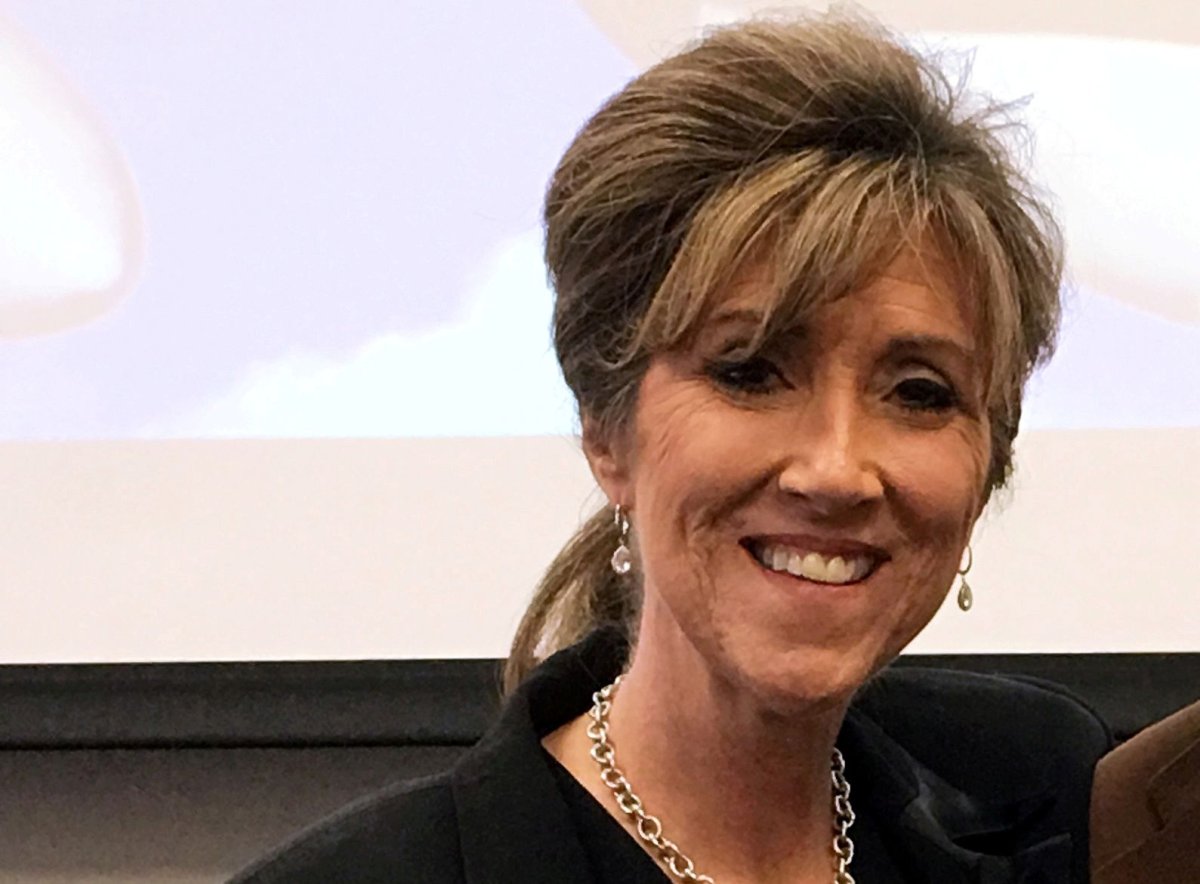The engine failure on Tuesday's Southwest Airlines Flight 1380 killed 43-year-old Jennifer Riordan and left the other 149 passengers and crew clasping hands and breathing through oxygen masks as the plane rapidly descended to land at Philadelphia International Airport 22 minutes later. But as Riordan's family and the surviving passengers aboard the ill-fated flight from New York to Dallas cope with the tragic event, lawsuits and litigation are likely to begin soon.
In the wake of most air disasters, aviation lawyers are sought out by the families of the deceased victims, given that it's considered unethical for lawyers to solicit or contact these family members. Legal experts who spoke with Newsweek expect the family of Riordan, whose cause of death was blunt impact trauma from the engine's exploded parts, to file a death action lawsuit based on potential negligence or defective manufacturing of the plane's engine.
Michel Baumeister of New York City's Baumeister & Samuels, P.C., has represented the families of passengers aboard dozens of the most high-profile airline disasters of the past 40 years, including 1996's TWA Flight 800 and 1998's Pan Am Flight 103 bombing over Lockerbie, Scotland and 2001's American Airlines Flight 587 in New York. Baumeister also represented the families of passengers aboard all four planes hijacked and crashed on September 11, 2001. Baumeister explained to Newsweek the multiple factors attorneys consider when bringing forth an aviation lawsuit. In a domestic U.S. incident such as Southwest Flight 1380, the first and most important issue to consider is whom to sue. The first potential wrongdoer to consider would be the party responsible for the maintenance of the plane, which, in this case, would be Southwest Airlines.

If the pilot, Tammie Jo Shults, is found to be at fault for the incident after the National Transportation Safety Board (NTSB) investigation, this still falls under Southwest's umbrella for being sued. Although several passengers and aviation experts have since applauded Shults as a hero for managing a successful landing of the damaged plane.
A second potential wrongdoer is the manufacturer of the plane or component of the plane that malfunctioned. In this case, the Boeing 737-700 engine was made by CFM International, a joint venture between General Electric and the French engineering company Safran. Both Boeing and CFM International are manufacturers who could be sued, given that most airlines do not design or manufacture their engines or other individual parts of the plane—they simply assemble the components and design the overall aircraft. As The New York Times reported, Southwest inspected the plane and engine that malfunctioned just two days before the fatal incident. This was Southwest's first passenger fatality in the airline's 51-year history.
NTSB investigators said a routine visual inspection of the engines may not have detected a problem lurking within the machinery, such as metal fatigue. The NTSB suggested that an ultrasound inspection of the engine could have potentially discovered the issue. In 2016, CFM International recommended that airlines conduct such ultrasound tests of the blades, but carriers in the U.S. aren't required to follow manufacturer guidelines.
A third level of potential parties to sue is an independent contractor in cases where one company could have produced the fans in the engine, but a separate group may have manufactured the turbines.
The federal government could be considered a possible wrongdoer if the U.S. Federal Aviation Administration handled the emergency poorly, though Baumeister added, "It doesn't appear to me that the feds did anything wrong in respect to air traffic control."
In addition to considering whom to sue, a complex issue in aviation lawsuits is where to bring the lawsuit. After lawyers consider who is liable in a lawsuit, they must then consider what they are seeking in damages. Baumeister represented passengers aboard SwissAir Flight 111, the 1998 flight that crashed between New York and Nova Scotia, killing all 215 passengers and 14 crew. Plaintiffs in that case received millions in compensation for death, injury and losses associated with income and medical costs. But a U.S. judge threw out additional claims for $16 billion in punitive damages in 2002.
Baumeister explained to Newsweek that generally, a lawsuit will proceed in the state where the crash occurred and most lawyers begin by finding the best possible state laws for seeking damages and selecting juries. However, in the case of Southwest Flight 1380 and dozens of other aviation incidents, the engine malfunction occurred about 6 miles in the air above Pennsylvania.
Jennifer Riordan's family could bring a death action lawsuit based upon the potential negligence of the four levels of parties listed above. But in a death action lawsuit, the domicile of the deceased will govern, and the Albuquerque resident's family would have to file the lawsuit in New Mexico.
One of Baumeister's most high-profile clients was Todd Beamer, the passenger aboard United Airlines Flight 93 on 9/11 who famously declared "let's roll" before storming the cockpit. Although the plane went down in Shanksville, Pennsylvania, Beamer's residence in New Jersey pushed the case over to that state.
The surviving passengers aboard Southwest Airlines Flight 1380 have the option of filing lawsuits based on the "fear of impending death or injury." Passengers like Marty Martinez, who Facebook Livestreamed the chaotic scene aboard the plane, have the option of proving their "fearful" state and mental damages as a result of the incident.
As Robert Clifford, founder of Chicago-based Clifford Law Offices, told Fortune, "All of the passengers here, and the crew, will likely have claims."
Even if these people were not physically injured," Clifford said, "many, many of them will experience symptoms of post-traumatic stress disorder."
Uncommon Knowledge
Newsweek is committed to challenging conventional wisdom and finding connections in the search for common ground.
Newsweek is committed to challenging conventional wisdom and finding connections in the search for common ground.
About the writer
Benjamin Fearnow is a reporter based out of Newsweek's New York City offices. He was previously at CBS and Mediaite ... Read more
To read how Newsweek uses AI as a newsroom tool, Click here.








